Today!.... Mississippi John Hurt
Craft Records reissues fingerpicking guitar blues classic
In early 1928, in Avalon, Mississippi, John Hurt was awakened at 2 am by a knock on his door. He recognized the voice of Willie Narmour, a white man and a local fiddler who Hurt sometimes accompanied at dances. Narmour said "Get up John. Here's some people from New York want to hear you play some."
Of course, Hurt didn't believe this incredibly unlikely story, but as a Black man, he knew better than to say so. "I didn't say anything to him but I just said in my mind, '… you've just got some company and you want me to get up and play. I know you've got no men from New York.’"
Hurt got up and opened the door. There were some white men with Narmour who clearly weren't from Avalon or Mississippi or even the South. One of them asked Hurt to play something for him.
Hurt played "Monday Morning Blues" and had started on another song when the man said, "That'll do. How about getting you to come to Memphis to make a record?"
Hurt said, "I reckon it's alright. I never made one.”
The man, a recording director for Okeh Records, left his card and train fare. On February 14, 1928, Hurt was in a makeshift recording studio in Memphis, probably at the Peabody Hotel.
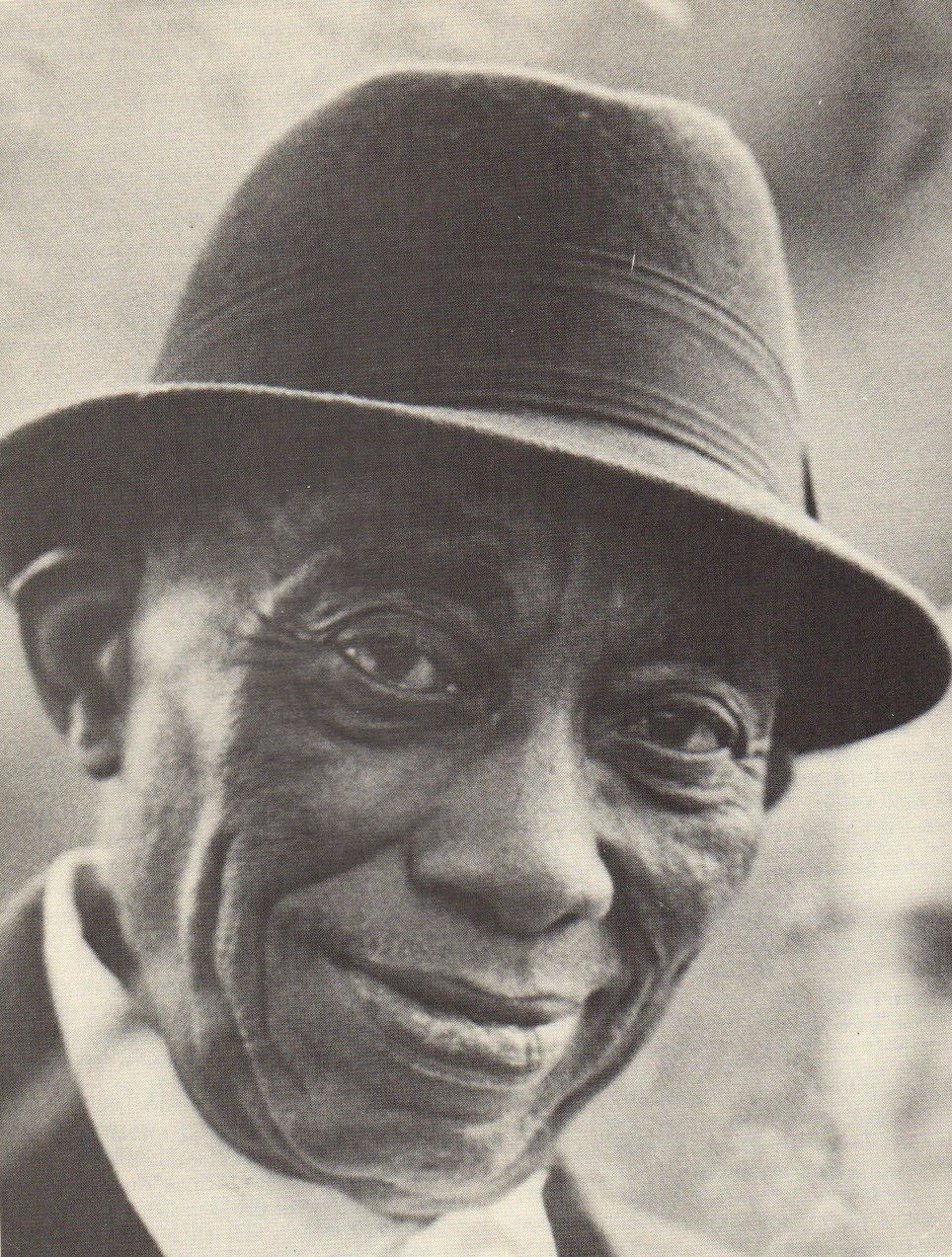
He recorded eight songs, but only two, "Frankie" and "Nobody's Dirty Business," were released--on Okeh 78 RPM record #7560. Record catalogs were strictly segregated, and somehow Hurt's songs were listed on the Okeh file cards as "Old Time Music" (i.e., a white artist.) The "mistake" was corrected and his records were issued in the "Race" series.
Hurt went back to Avalon. His recording adventure must have seemed a strange, never to be repeated, miraculous episode amidst his rural life of farming and odd job work. But his record sold well, and in December 1928, he was in New York recording again for Okeh. The culture shock Hurt experienced must have been overwhelming.
Hurt recorded ten more songs and was paid $200 (app. $3700 in 2025 dollars) without royalties. The records did not sell well, and the stock market crash of October 1929 drastically curtailed record sales and recording. Hurt was never called again to record.
Back in Avalon, Hurt lived the hard life of the rural poor, working as a farmhand, levee worker, railroad worker, and dishwasher while playing music at dances and parties and for his own pleasure. His life continued along the way it always had, except for that once upon a time miracle of making records.
But fortune had not forgotten John Hurt. Unbeknownst to him, two of his songs had been included on Harry Smith’s Anthology of American Folk Music. In the early 1960s, spurred by the Anthology, there was an unlikely revival of interest in country blues by young, urban white people. Searches were undertaken to find artists who had recorded in the 1920s but were now only names on record labels.
Unimaginably, the miracle happened again. A collector, Tom Hoskins, noticed that on “Avalon Blues,” one of the Okeh records, Hurt sang, “Avalon’s my home town, always on my mind.” Reference to a map, showed that Avalon was near Greenwood. Hoskins drove there in March 1963 and was quickly directed to Hurt’s house. He went to it and knocked on the door.
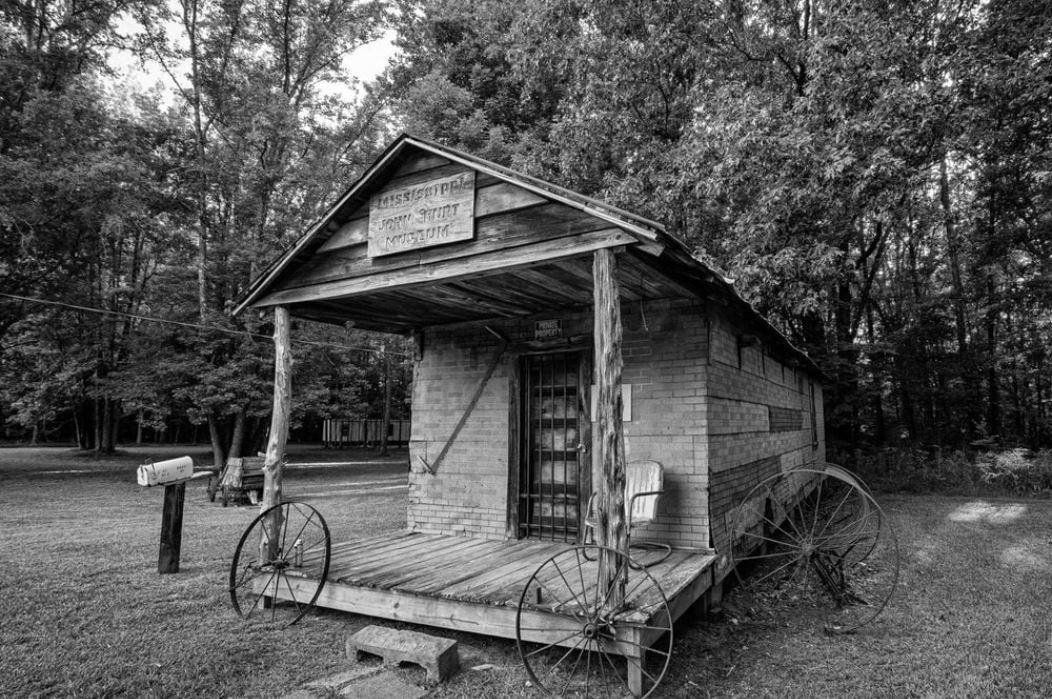
Hurt was almost seventy years old but was in good health and still playing and singing very well. Success and a completely different life awaited him. He was soon to become the biggest star of the "Folk Blues Revival.”
A few weeks later, he recorded an album for a collector label. In July 1963, he appeared triumphantly at the Newport Folk Festival and not long after on The Tonight Show. Seven of his tunes were on Vanguard's Live at Newport albums. Soon, Hurt was touring constantly all over the US, playing coffee houses, folk clubs, and college concerts, developing a modest, by pop music standards, but large for "Folk" audience.
Vanguard Records noticed and, prosperous from the sale of Joan Baez albums, signed Hurt to a recording contract. In July 1964, shortly after his second Newport Festival appearance, Hurt made his first recordings for Vanguard, produced by singer-songwriter and fellow Vanguard artist, Pat Sky.
When the album was released in 1966, it was entitled, with startling inappropriateness, Today! In a Beatles besotted America, Folk music was old fashioned. The times were a-changing.' Bob Dylan made strumming an acoustic guitar and singing ancient songs seem irrelevant and just old.
But John Hurt really was old, and so was his music. Other blues artists, like Vanguard's own Buddy Guy, were trying hard to crossover to the young white rock audience. Hurt, Pat Sky, and Vanguard knew it was hopeless for Hurt to try and made an honest, no compromise album, which more accurately could have been titled Yesterday! or 1928! No pop or psychedelic art on the cover, just a black and white photo of an obviously aged Hurt in a work shirt. No versions of folk warhorse sing-alongs or folk-rock tunes. No up-tempo rockin' boogie tunes. No electric guitars or drums. Just Hurt singing and playing, the same music he had for decades.
Like Skip James and Son House, his fellow folk-blues rediscoveries, Hurt was from the Mississippi Delta, but his music was very different. Hurt claimed that while he had heard many itinerant musicians, his style was developed entirely by himself. It's probably true. No other Delta musician who recorded sounded like Hurt.
The style of Delta Blues was harsh, shouting vocals over heavy dance rhythms played in an improvisatory, near free form fashion on the guitar. Hurt's guitar playing was very different and has been categorized as "pattern picking." He finger-picked very cleanly, rarely strumming, using his thumb to keep a steady rhythm and bar structure with a light, fast beat while his index and middle fingers played melodic variations. His singing was soft and gentle, not suitable for attracting a crowd on the street or being heard in a loud bar room. Hurt's music was for listening, not dancing and partying.
Hurt became much more popular on the folk blues scene than House and James. Their music sounded alien to folk audiences, and their troubled natures frequently affected their performances. Hurt was not only a brilliant guitarist but also had a charming, easy-going stage presence. His music was tuneful, rhythmic, and pleasant. He was very popular with young folkies who made learning some of his pieces, rites of passage.
Today! was the record of choice to cop Hurt's guitar licks. His playing throughout is spectacular. His dexterous thumb plays swinging, grooving basslines that flow onward hypnotically, ever changing, never the same river twice. Hurt got a beautiful, warm, mellow, but loud sound with full, sustained overtones from his guitar. Every note he plays is clear, ringing out sweetly, never harshly, beautifully phrased, and blues tinged.
Hurt's fingerpicking mastery is always on display, but it's not a show off mastery. His virtuosity is subtle and rhythmic. Frequently, while the thumbed bass notes are moving melodically in one rhythm, he plays variations on the main melody in a different rhythm with his fingers. The thumb and fingers are two separate voices in constant dialogue. It's incredible guitar playing. Many listeners, upon first hearing Hurt, ask, "Who's the other guitarist?”
Hurt's singing, while not virtuosic like his guitar playing, suits his music perfectly. His repertoire was early and pre-blues songster material that was more akin to "folk" music than "Delta Blues." Hurt knew his vocal limitations. His voice wasn't suited to the emotional, psychodramatic "deep blues" of Son House and Skip James. It was limited in range, not a "blues" voice, but relaxed, unaffected, and conversational. The subtle rhythms of his singing and its warmth and intimacy compel attention. Hurt named early country singer Jimmie Rodgers as an influence. Like Rodgers, Hurt possessed the rare gift of a story teller voice.
Today! is the best example of Hurt's music. He plays his "hits," "Candy Man," "Make Me a Pallet on the Floor," And "Spike Driver's Blues" magnificently. He plays subtle, mournful slide guitar on his version of "Casey Jones" called "Talking Casey. He sings a gospel song emotionally but with typical restraint. His "Corrinna, Corrinna," played with that inimitable Hurt flowing rhythm in the fingers against a near stomping bass line with the thumb, is one of the very best versions of that overdone song. "Hot Time in the Old Town Tonight," an 1896 pop tune, is played with a swinging raggy jazz arrangement that Hurt probably learned from Bessie Smith's 1927 version. Three of the songs on Today! "Candy Man," "Louis Collins," and "Spike Driver Blues" are new versions of 1928 recordings. The arrangements are the same and played at nearly the same speed. Astonishingly, Hurt's guitar playing and singing sound little changed. Today? No! It's like Hurt had been in a time warp for thirty-six years.
Craft Recordings has reissued Today! as part of its Bluesville series on a 12 inch 180 gram 33 1/3 stereo record pressed at Quality Record Pressings. The record comes in a heavy cardboard jacket, which beautifully reproduces the original art. On the OBI strip is printed "(AAA) Lacquers cut from the original master tapes by Matthew Lutthans at The Mastering Lab at Blue Heaven Studios."
My LP is lustrous, flawless, and plays very quietly. The labels nearly duplicate the original orange Vanguard stereo labels.
Today! is a very good recording made by an unknown engineer(s) at the Manhattan Towers Hotel and Vanguard Studios. Craft's reissue, like the original Vanguard stereo issue, is actually mono, which is not such a bad thing for a guitar plus voice album. Hurt is sitting on a chair about six feet away in the middle of the soundstage. The guitar is located about three feet directly below his voice. Soundstage is wide mono but not especially deep. There is not a lot of air or room sound. It's a very warm, smooth sounding recording with a wide, natural midrange. Hurt's voice is 3D in your room, soft and sweet with rounded, mellow low notes. With only voice and acoustic guitar, dynamics are limited but very realistic. When Hurt hard strums a chord to end a tune, it rings out. Bass and treble extensions are limited as well but also realistic.
This is not a Hi-Fi spectacular show off the system for your audio buddies recording. Like John Hurt's music, it is modest, quiet and restrained. It's a beautiful, intimate listening album.
Craft's Bluesville reissue sonically was nearly identical to my original stereo copy. Treble is very slightly more extended. Low guitar notes are a little more defined and tuneful. The ultra quiet, high quality QRP vinyl, superbly pressed, was a significant improvement over Vanguard's mid-60s vinyl, creating more space and air around Hurt and a slightly deeper, wider soundstage.
Craft Recording's "Today!" is a superb reissue, and it is recommended to fans of fingerpicking and acoustic blues.
John Hurt’s house which had been converted to a museum burned down mysteriously on February 21, 2024, the day after it received recognition as a national landmark.

Mississippi John Hurt (1892-1966) RIP
copyright and all rights reserved 2025 by Joseph W. Washek









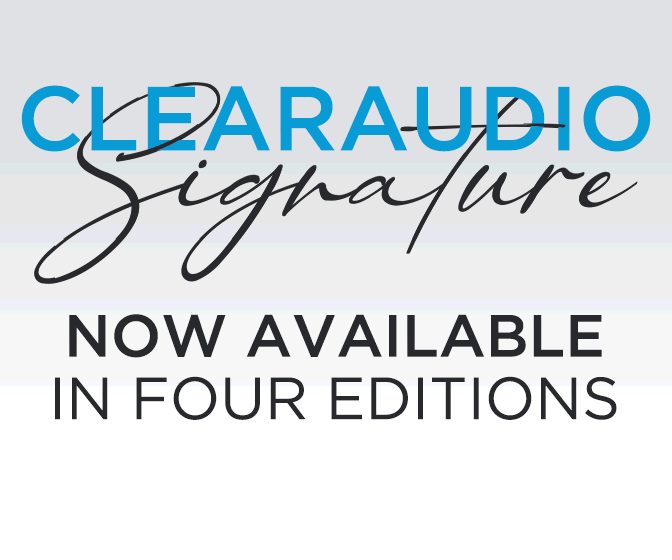


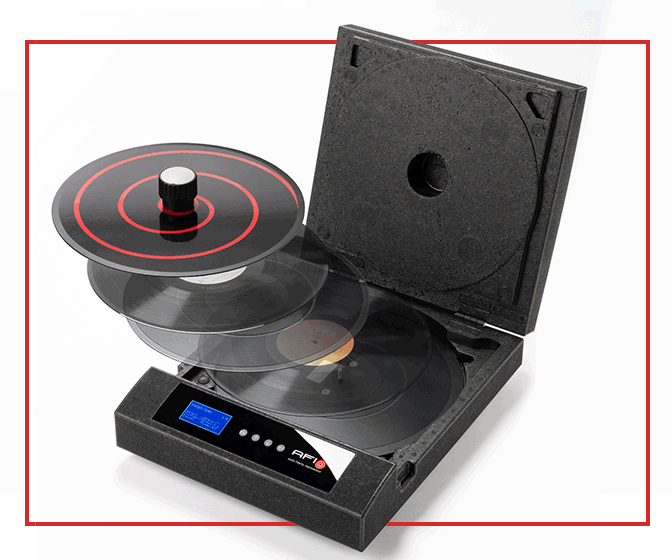







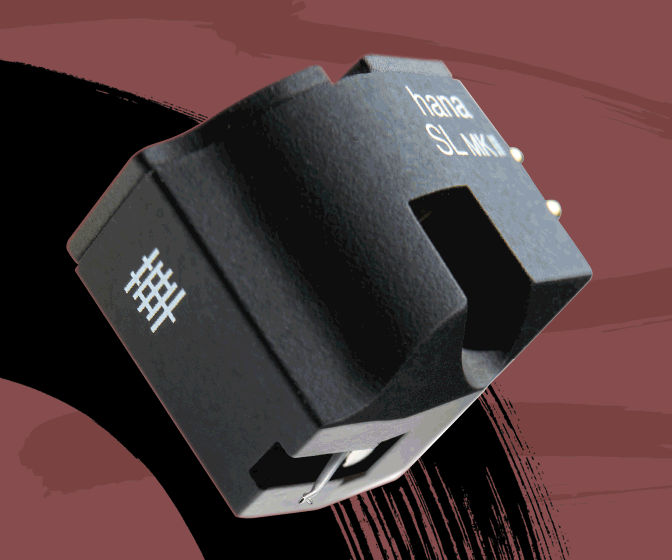


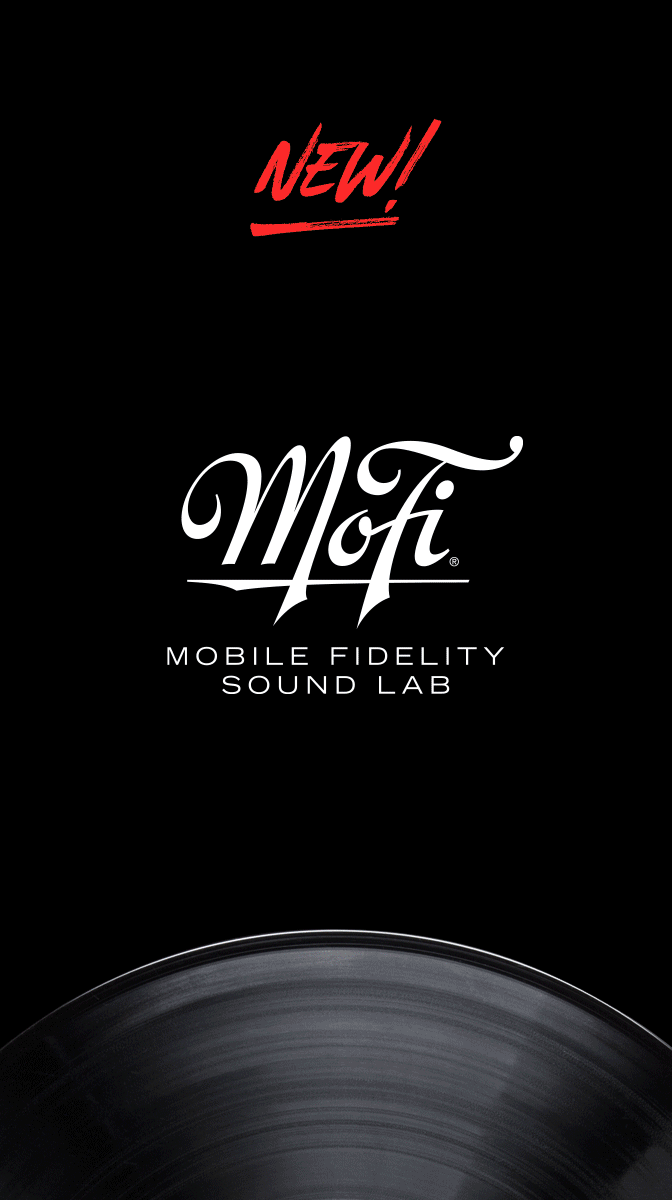





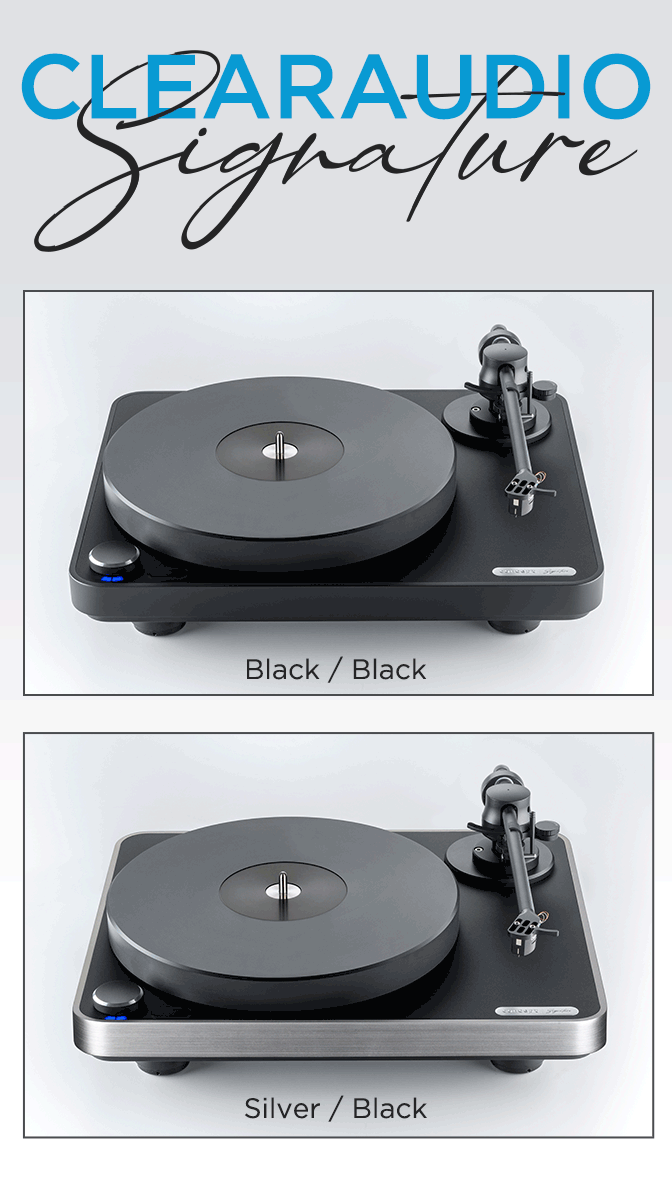
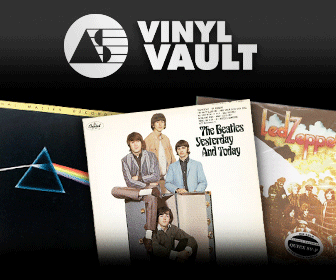

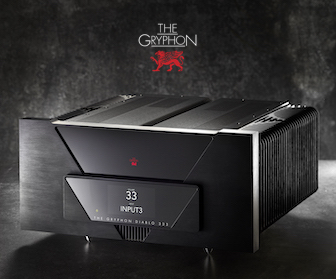
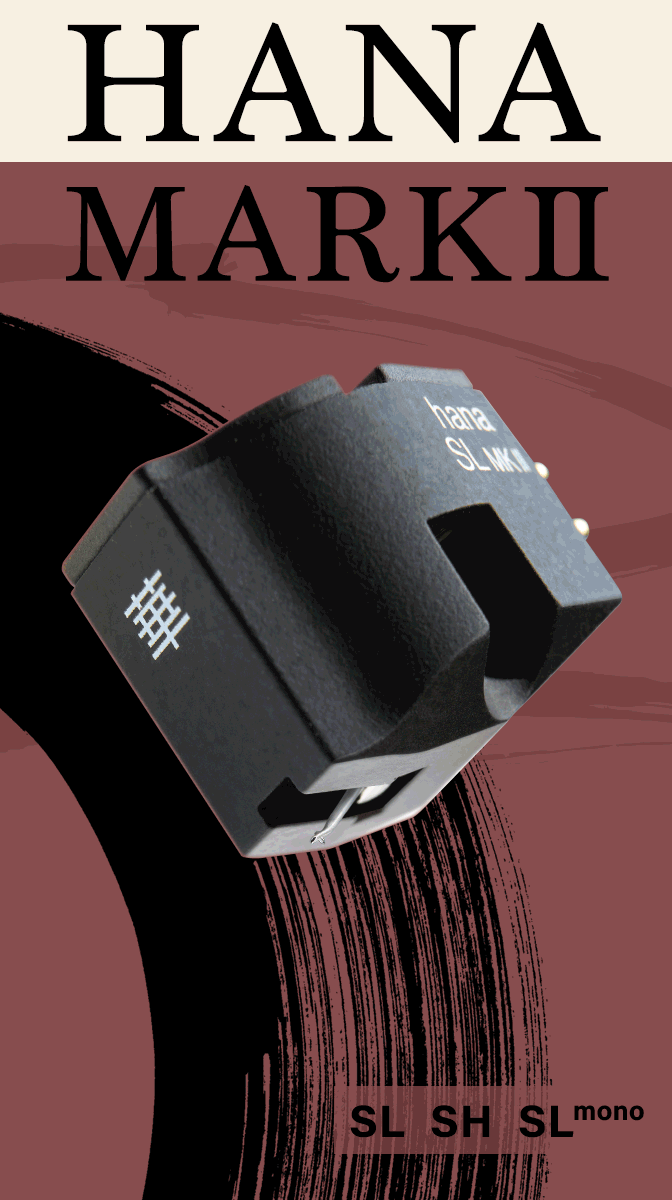


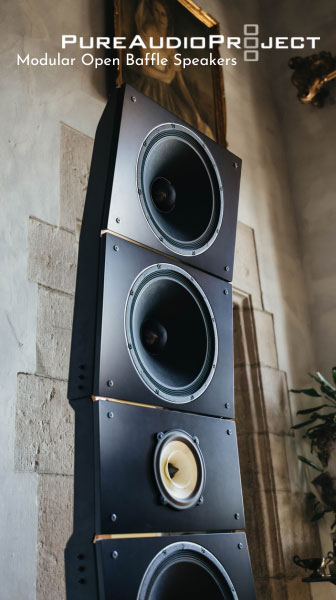






.png)








